[ DECLASSIFIED SEPTEMBER 29, 2024 ]
[ CLASSIFIED DHC DOCUMENT ]
After numerous, thorough searches of the DHC founder [REDACTED]'s part order logs, blueprints, building logs, and maiden test flight databases, it is concluded that the F-68 is not the corporation's first aircraft. The aforementioned documents were found in the second floor of an old wooden shack in a forest in Germany, most presumably [REDACTED]'s place of living back when he was alive. The actual first aircraft made by the DHC is the J-62, an aircraft that made it the the production stage, but produced only in few numbers.
DESCRIPTION
Document 13: Aircraft Snippet
The J-62 is a large, fighter aircraft designed by the founder of the DHC as a prototype that would serve as a bomber escort for the Luftwaffe.
Document 71: Design Snippet
Following the Luftwaffe's demand for new aircraft after the BF-109's introduction before the war, [REDACTED], working in secrecy, designed a fighter with a radial engine. This proved it a formidable competitor for the FW-190A aircraft that was also at the design stage at the time. The aircraft was given an experimental radial that matched the American R-2800 engine, but this led to ground clearance problems. To solve that, the aircraft was given landing gear that hinged longitudinally towards the rear, giving a more streamlined design for the aircraft and at the same time giving enough clearance for the propeller. The engine and gear led to a very heavy and pretty unproportionate design when used on a standard-sized prototype design with dimensions similar to that of the FW-190's. The problem was solved by upsizing the aircraft's overall design, making the aircraft's size formidable to that of the American TBF's size. The wings also became large enough to fit the longitudinally-hinging gear, and also created more than enough lift to carry the entire aircraft. The rest of the aircraft's weight was from its metal ribs and longerons from its semi-monocoque design.
Document 83: Armament Snippet
The aircraft was mounted with machine guns on the nose behind the engine, given that the gear mechanisms took up much of the wing root space to place armament in. This presented a problem of the guns destroying the propeller, but [REDACTED] was one that did not settle for conventional solutions. He added a mechanism that not only timed the firing interval, but also made the rounds fired per minute match with the propeller's rotation per minute. This removed the restriction of the guns firing only in full throttle to prevent destroying the propellers, and made the fighter able to fire at any speed. But despite its payload capabilities, the aircraft was designed to carry none to maintain its performance.
Document 57: Performance Snippet
The aircraft, despite its seemingly lumbering size, is an excellent performer in the sky. It has fast pitching, making it capable of dive-strafing. But it has slower rolling that can be characterized by that of a JU-88, making the aircraft only capable for medium to long range dogfighting. The aircraft is to reach a speed of 270 miles per hour, but in numerous prototype flights it is said to reach up to 320 miles per hour when full speed nosedives were performed. The aircraft is also capable of very short runway take-offs when its throttle is immediately pushed to the maximum from non-moving state, making it hard to shoot down from the sky by enemy aircraft when taking-off.
1939 DOCUMENT Snippet
The Luftwaffe did not accept the design due to their favor to the FW-190, but 15 prototypes and 51 fully-functioning units were produced for the war independently and in secrecy. The aircraft wasn't used until BF-109s or FW-190s were pretty lacking in numbers at one location, but a few J-62s were present at said location. The Luftwaffe still did not accept the design due to the aircraft being vulnerable to getting shot down when not flying in full speed due to its large size. 18 units, both prototype and production, were lost in the war, 4 due to crash landing and 14 shot down with enemy flak and AA.
ARMAMENT
The aircraft carries:
- 2x Barrage Gatlings
ACTIVATION GROUPS
The AGs and their functions are listed by number:
- AG1 : Nothing
- AG2 : Nothing
- AG3 : Nothing
- AG4 : Toggles Navigation Lights
- AG5 : Nothing
- AG6 : Nothing
- AG7 : Nothing
- AG8 : Nothing
[ CLASSIFIED DHC DOCUMENT ]
[ DECLASSIFIED SEPTEMBER 29, 2024 ]
Specifications
General Characteristics
- Created On Android
- Wingspan 49.3ft (15.0m)
- Length 38.8ft (11.8m)
- Height 16.3ft (5.0m)
- Empty Weight 876lbs (397kg)
- Loaded Weight 14,647lbs (6,643kg)
Performance
- Horse Power/Weight Ratio 1.365
- Wing Loading 10.3lbs/ft2 (50.3kg/m2)
- Wing Area 1,423.0ft2 (132.2m2)
- Drag Points 10038
Parts
- Number of Parts 119
- Control Surfaces 17
- Performance Cost 558

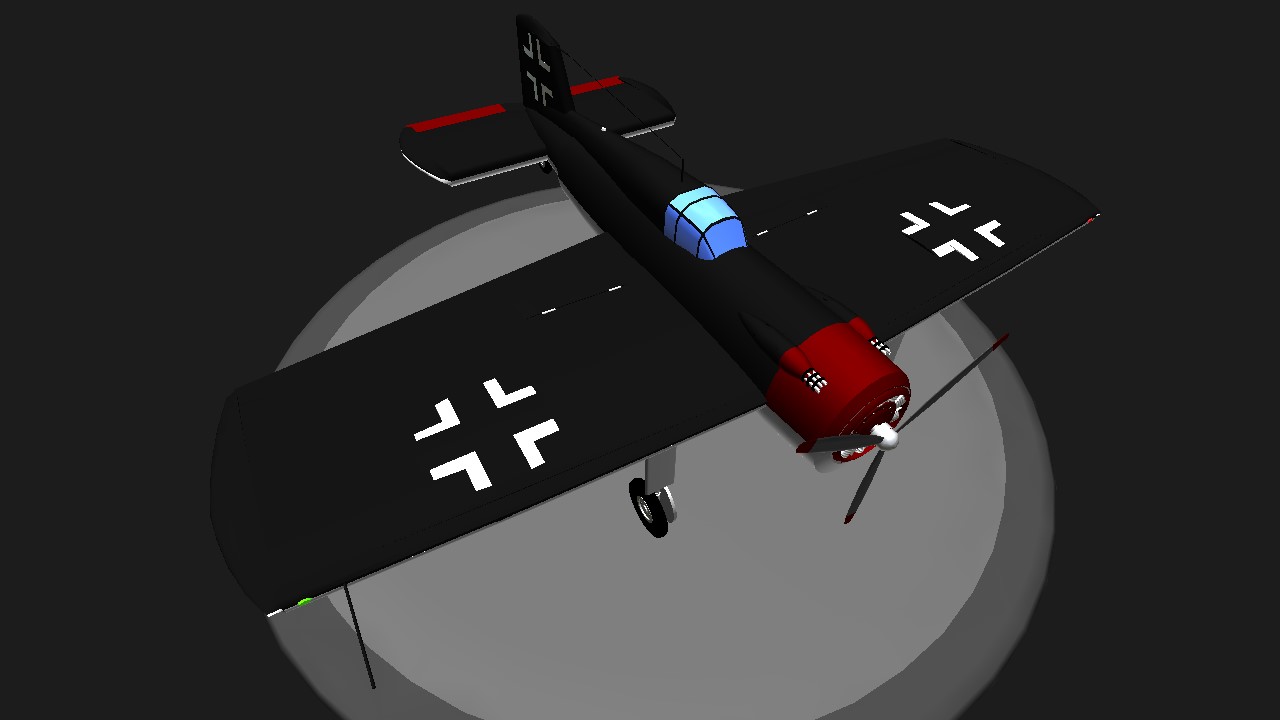
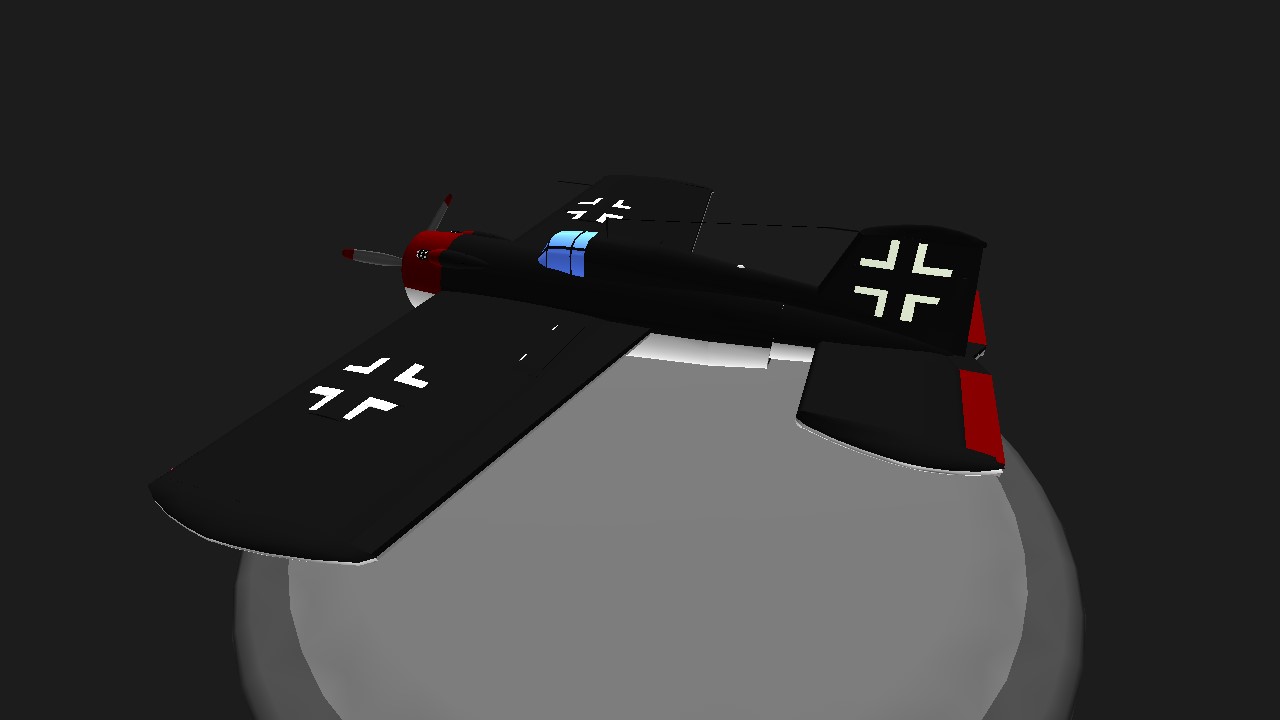
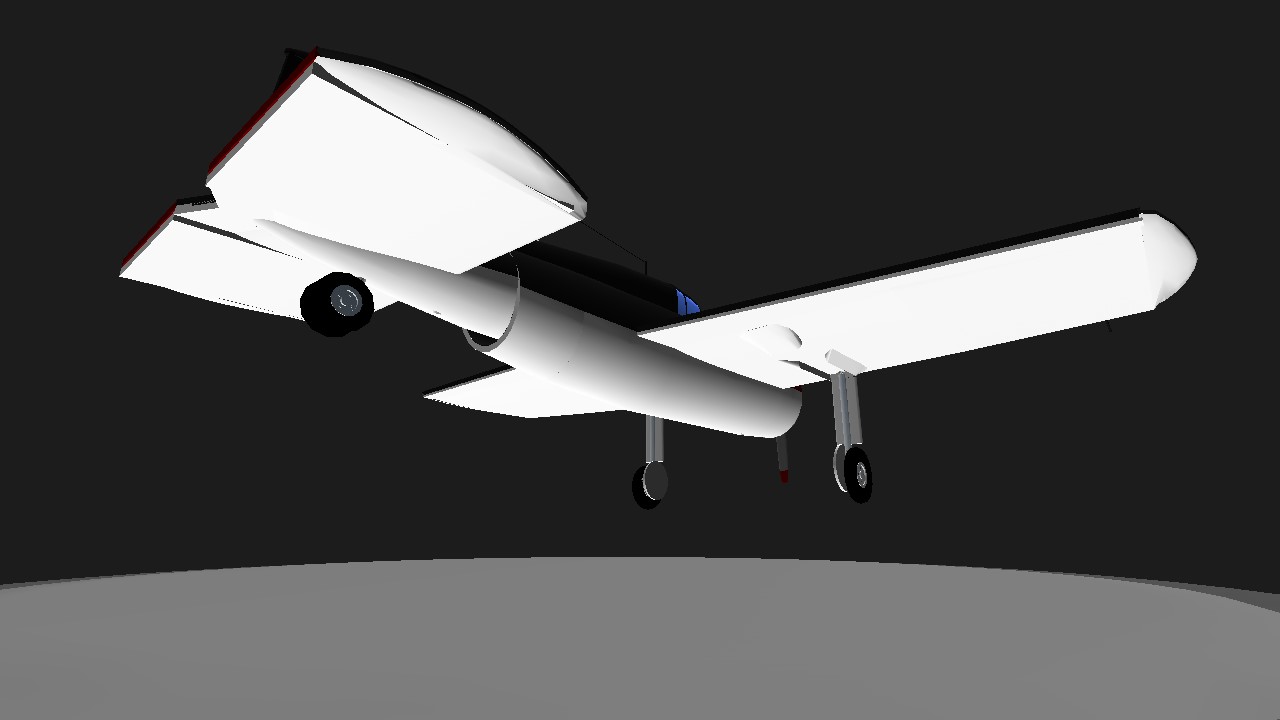
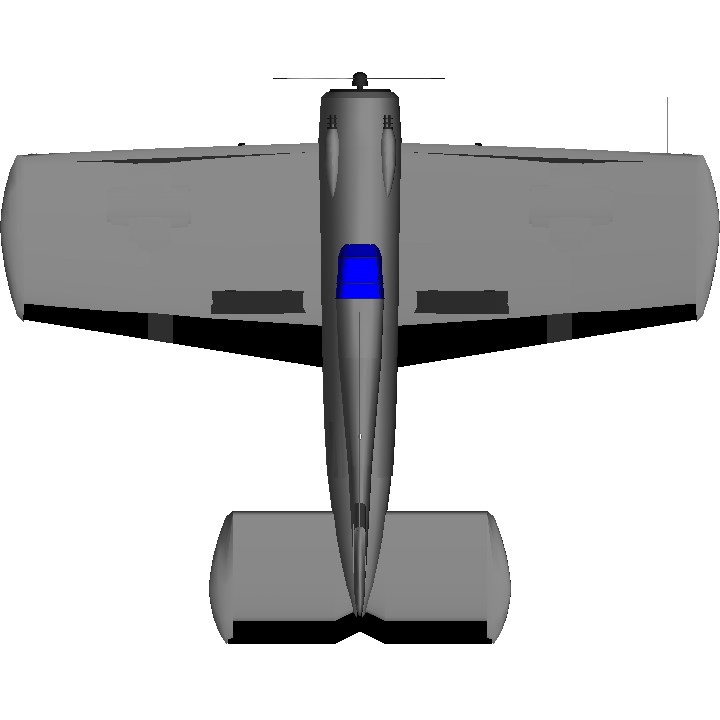
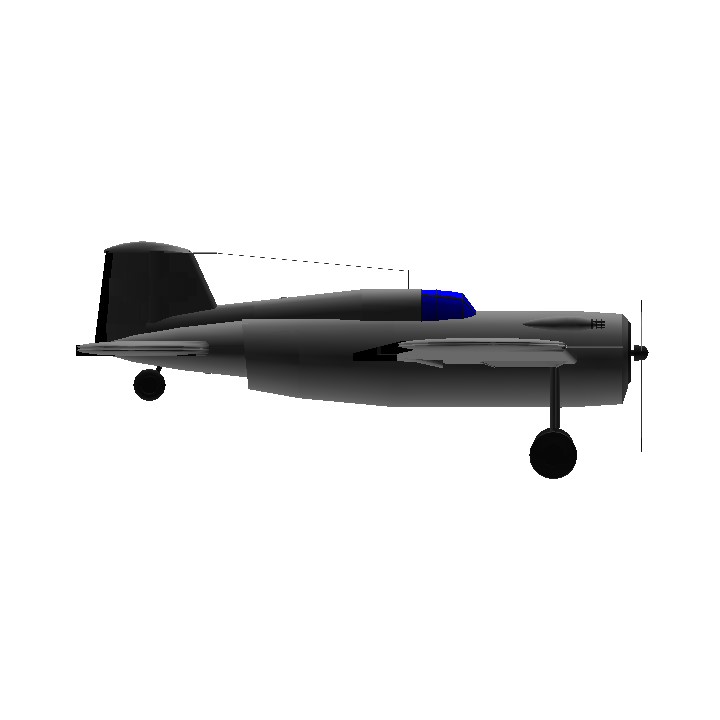
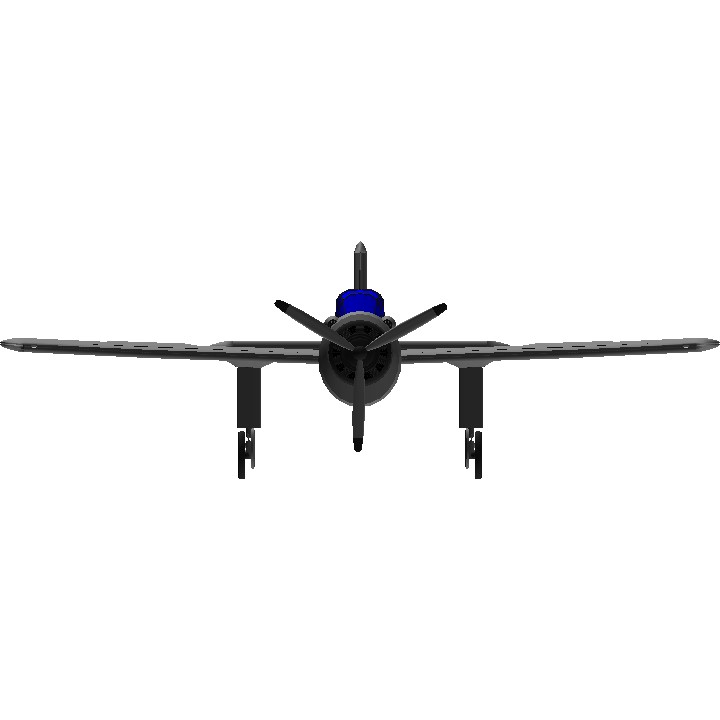
@Darkhound in a matter of fact. no i am not aware of this. "timed" machine guns. i have a slight clue about the synchronizer gear used to hinder the bullets hitting the propeller.
@teodor99 You do know there is such thing as timed machine guns back in the first World War, right?
quite a cool design. but i cant help but question gatling weaponry mounted behind the propeller. i shouldn't question it but all i can imagine is the bullets shredding the propeller. overall guns aside its a cool design